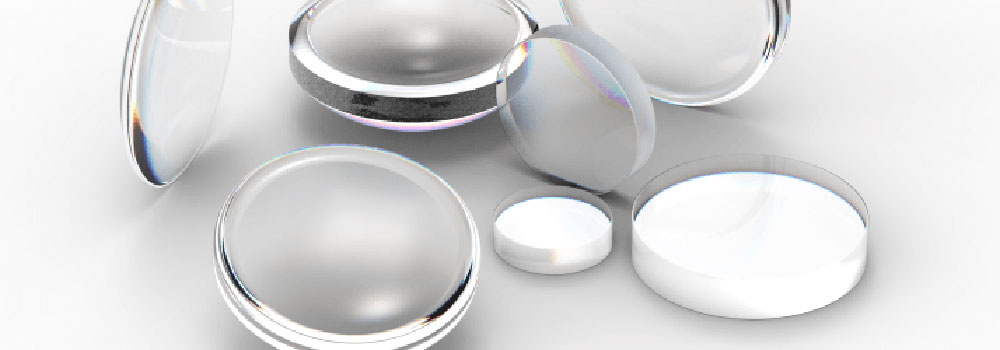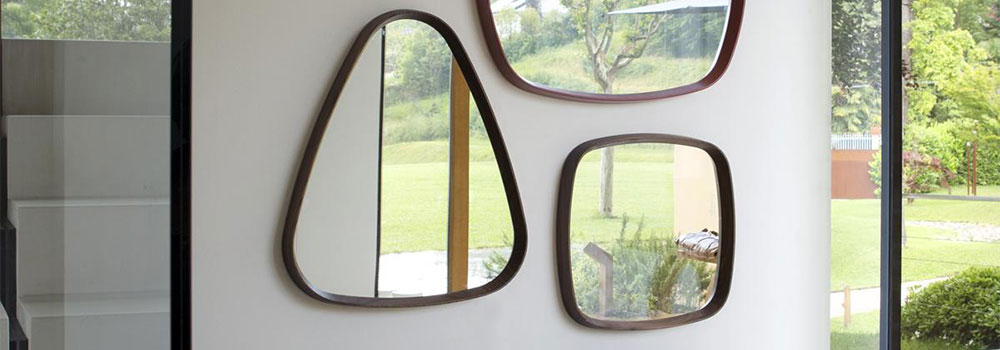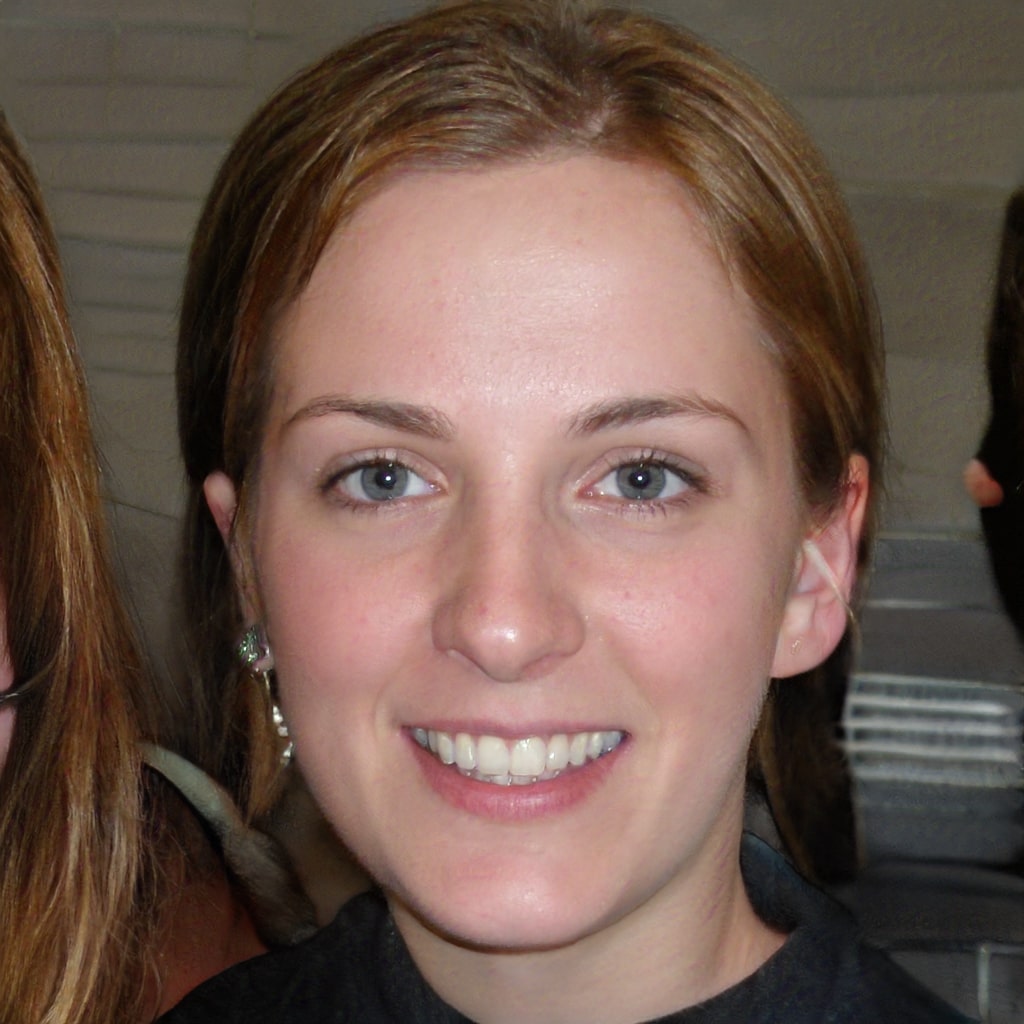Lenses can be made from a single piece of glass. Spherical, aspherical, or cylindrical surfaces may be lens surfaces. They can be made from traditional glass materials or from more complex materials. Let us take a closer look at the optical components used for the modulation of light.
Optical components can be classified into two groups. One is the Optical Transmissive Components, and another is Optical Reflective Components.
Lenses, filters, optical flats, prisms, polarizers, beam splitters, wave plates, and fiber optics fall into transmissive optical elements. Mirrors and reflectors fall into reflective optical components. Through using such substrates or optical coatings, the efficiency of reflectance may be improved.
Read this article if you are interested in the optical vortex.
Lenses

Many kinds of lenses are available such as plano-convex, biconvex, Plano concave, biconcave, aspheric, and meniscus. The lens shape that is ideally suited for a given optical device is considered the best form.
The asymmetric biconvex lens is the ideal form for imaging applications at unit magnification. It can also decrease distortion and lateral chromatic aberration as they cancel each other out.
Whatever the wavelength or content index, this is valid and demonstrates the usefulness of symmetrical convex lenses and symmetrical optical structures.
Prism

A prism is a block of the optical component set at controlled angles with polished, flat sides. The specification of angles is crucial since even tiny mistakes will hinder proper operation. Prisms are used to invert or deviate light, rotate an image, diffuse light into the component’s wavelengths, and different polarization states.
The overall internal reflection property is made use of by several prisms. At angles greater than the critical angle, light incident on the air/optical boundary is entirely reflected.
Implementations of Prism include the bending of light at 90°. As an image rotator, the Dove Prism is used. The prism of the roof deflects light by 90° and inverts the reflection as well. It is possible to use the wedge prism for beam steering.
Mirrors

Mirrors can be used to photograph, redirect, and concentrate light. Mirrors come in various shapes, configurations, and sizes. It is possible to make them from glass, metal, or plastic. Mirrors are often flat, circular, or plane. Third but not least, it is possible to coat or un-coat them.
As mirrors may rely on the highly polished surface to reflect light, metal mirrors are most frequently not painted. A metallic or dielectric coating may be coated with mirrors constructed from other materials.
Diffusers
Diffusers uniformly distribute incident light. The volume and distribution of light depend on the surface’s nature, while rough surfaces distribute more light. By scattering the light in many ways, diffusers may reduce the intensity present in a beam.
Custom Components
Besides these common elements, it is also possible to make custom optical components in manufacturing and research laboratories. Many companies, such as Vortex Photonics, make custom optical components, like vortex phase plate for research facilities.


